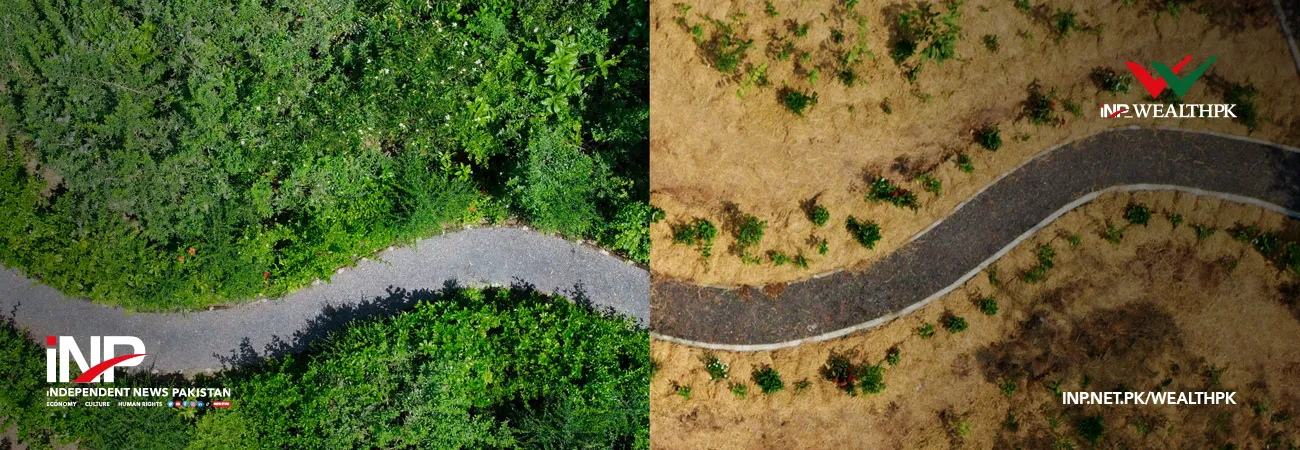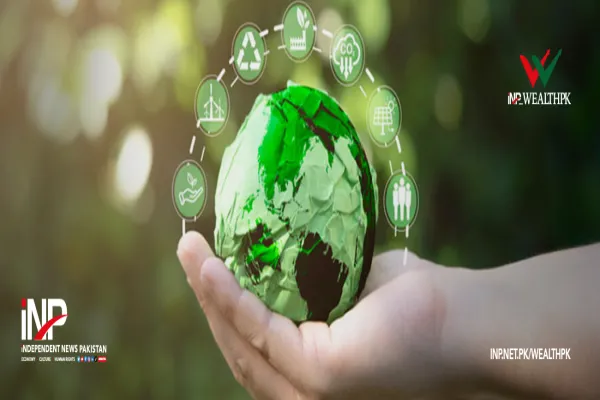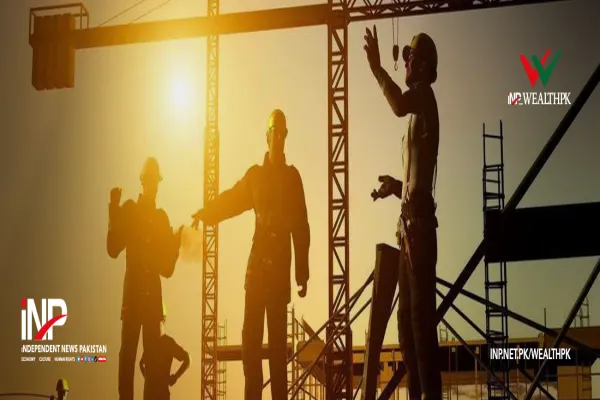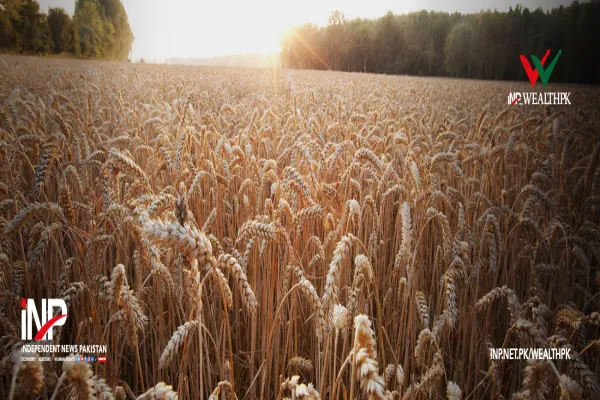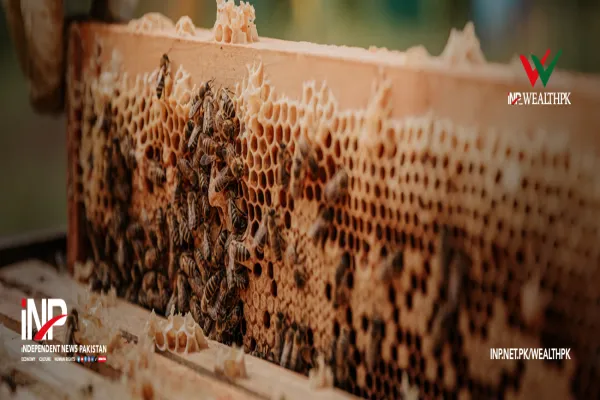i INP-WEALTHPK
Muhammad Luqman
Just three decades ago, Pakistan’s eastern city of Lahore used to be a lot greener, with more and more trees around and lush green fields on the outskirts. Now, with the booming development of the metropolis, it is regarded as one of the world’s most hit cities by climate change. There are above-normal temperatures, severely polluted air and extreme weather events like urban flooding and heatwaves, reports WealthPK.
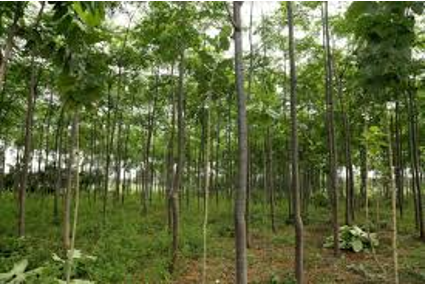
Lahore’s heat index is significantly affected by its lack of green spaces. With rapid urbanization, the city’s built-up areas have replaced over 200 square kilometers of farmland and green spaces since the 1980s, intensifying the urban heat island effect. This phenomenon occurs when built-up areas absorb and re-emit heat, making cities warmer than the surrounding rural areas.
According to the urban development experts, the city stretched over a total area of 1,772 square kilometers is left with few green spaces, including Bagh-e-Jinnah (Lawrence Garden), Race Course Park, Shalimar Gardens, Model Town Park, Gulshan-e-Iqbal Park, Greater Iqbal Park and the recently raised Miyawaki or urban forests in Liberty Market, Central Park and China Park near Saggian bridge.
To counter the climate change effects and improve air quality, the Parks and Horticulture Authority (PHA) has taken steps to promote tree plantation across the city. “Since 2022, the PHA has successfully developed more than 53 Miyawaki and urban forests throughout Lahore,” Director General Parks and Horticulture Authority (PHA) Muhammad Tahir Wattoo told WealthPK. He said dense plantations were significantly contributing to reducing smog and air pollution, while also playing a vital role in temperature regulation and oxygen generation.
Wattoo said among these remarkable efforts was Asia’s largest Miyawaki forest, planted near Saggian Bridge at China Park, spread over 100 kanals and featuring more than 100,000 trees. In addition, the PHA has established urban forests in key areas such as Shadman, Liberty, Railway Station, Jallo Botanical Park, Jilani Park, Greater Iqbal Park, Gulshan Iqbal Park, Qureshi Park, Allama Iqbal International Airport, and Mehmood Booti.
“These forests are not only transforming the urban landscape but also standing as symbols of hope, resilience and commitment to a greener future,” he claimed. Miyawaki forests are a type of urban forest created using the Miyawaki method, a Japanese technique developed by botanist Dr. Akira Miyawaki. In addition to Lahore, the Miyawaki method has been adopted in various cities worldwide, including Tokyo, New York, and Paris, to create urban forests and promote sustainability.
Miyawaki forests can also be adapted to vertical plantation systems, also known as vertical forests or green walls. Environmentalists generally subscribe to this technique of urban forestry, but they believe that the Miyawaki technique of forestry should be adopted in a holistic manner to significantly reduce the level of air pollution in Lahore and other urban centers. ”It has to be integrated with urban planning and master plan.
Only indigenous and inexpensive methods of forest development should be adopted,” said Abid Hussainy, General Manager of Environment, Climate Change and Water, Urban Unit Punjab. In an interview with WealthPK, he said the Miyawaki forests in Lahore at this stage were insignificant to curb the urban heat problem and vulnerability in addition to the poor air quality, which was very challenging due to the increasing traffic and other factors.
“Owing to the limited land available for forests in the city, we need to use rooftops for plantation on all government buildings and by law large homes and industries,” Abid Hussainy said. He said there were more than 7,000 industrial units in Lahore but they did not have the required number of trees. Hussainy said despite all the shortcomings, the urban forestry methods, especially Miyawaki forests, could be instrumental in making Lahore city livable once again.
Credit: INP-WealthPk


